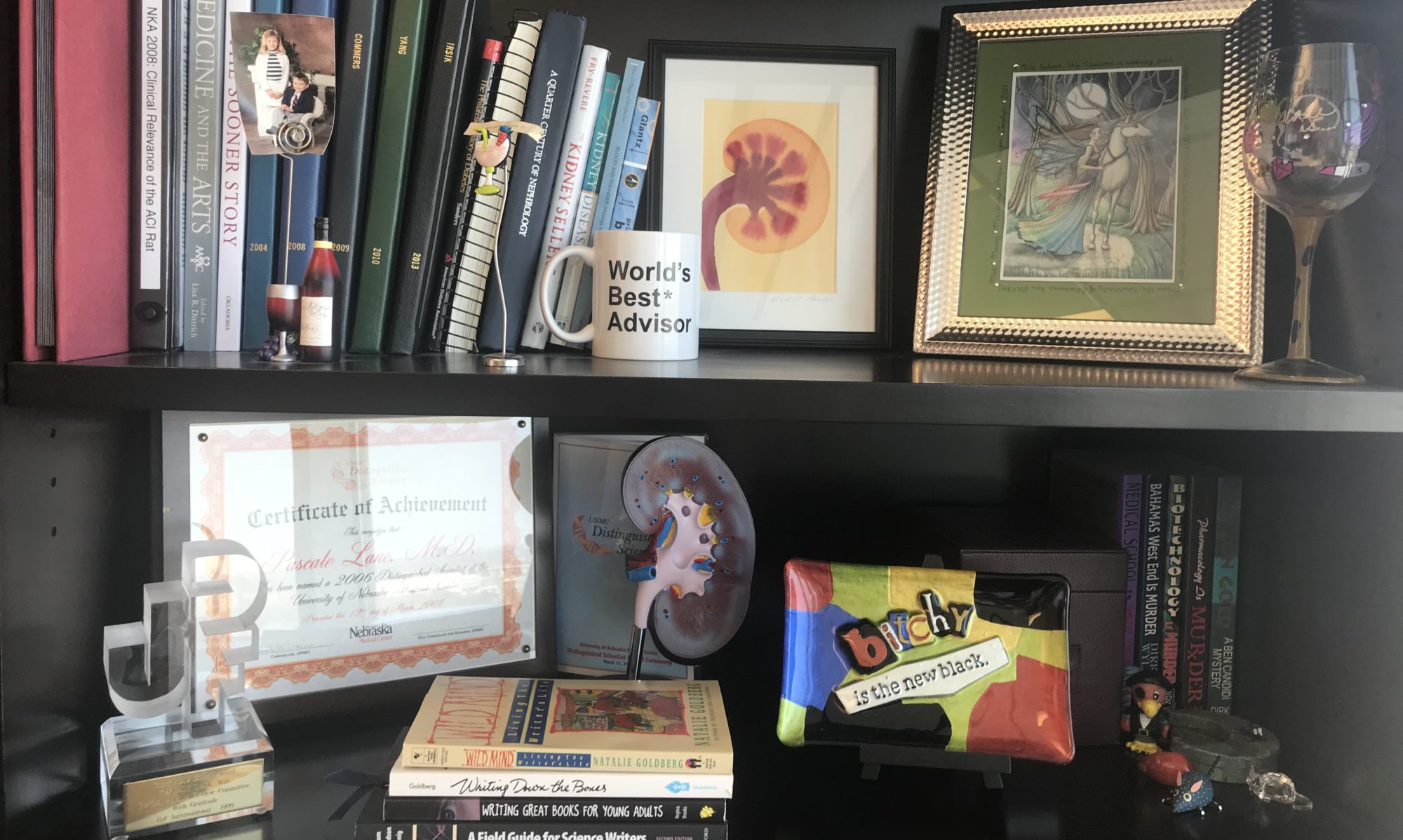Last week I needed some distraction, a light fiction read. Amazon suggested a new mystery series that I downloaded and dug into. Lady Rample is a vicar’s daughter whose Aunt Butty rescues her from village life and brings her to London. She married an older Lord who has expired, leaving her rich. His distant cousin is the only male heir, and the former Lord left only the entitled country estate that is falling apart to “Bucktooth Binky,” making sure that the London townhouse, Riviera escape, and all fungible cash assets went to his wife. It is 1932 and she has just completed a year of mourning as we begin book 1, Lady Rample Steps Out.
She and her gay BFF, Chaz, end up at a secret Jazz club, featuring an Amerian band. Murder ensues, and our heroine solves the case before the police, of course. Throughout the mystery, she imbibes a variety of cocktails, but her favorite is a highball, basically whiskey and ginger ale.
The second installment, Lady Rample Spies a Clue, sends her to a country estate to escape the unseasonable heat in the city. Of course, her eccentric aunt, Chaz, and a variety of other characters familiar from the first book attend. Of course, someone dies (English country manor homes must be the most dangerous places on earth), and Lady Rample solves the crime. In the heat of the summer, they switch drinks in the country, imbibing Aviation Cocktails, something I had never encountered.

I googled the drink, and it was as beautiful as described in the book. The link above will take you to the recipe. It presented two challenges, since I always have gin and lemon juice in the house: Liqueur de Violette and Maraschino Liqueur. Lucky for me I had to stop and pick up some stuff at shoe repair, right next to my liquor store*. They had both in stock!
After dining and finishing my work-related reading, I got out the shaker and made a batch of this lovely stuff. Blue is such an underused color in food, don’t you think?
The liqueurs are both sweet, but the gin and lemon keeps the cocktail on the correct side of candy. You still feel like you’re drinking dessert, but not in a bad way.
These mysteries are fun diversions. Aunt Butty is like a British Auntie Mame, and Ophelia Rample is a 30-something widow enjoying a well-funded life with few restrictions, thanks to a title and enough money to shut people up. Love interests hang about, but she really doesn’t want to give up any freedoms to be a “Proper Wife.”
I look forward to sprinting through the next installment. If I find a new cocktail as well, what a bonus!




